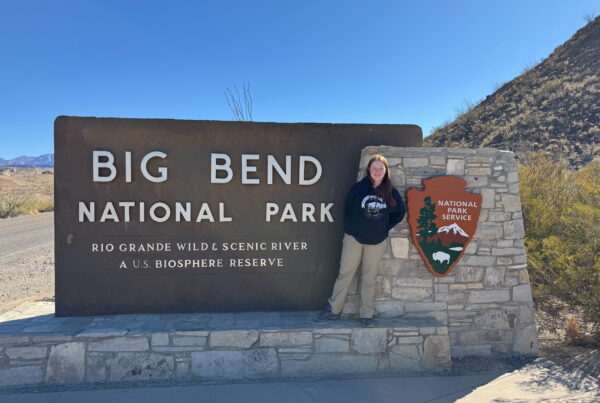
In February, Cameron and I hit the road again, eager to cross off two more National Parks from our list. Our first stop was in St. Louis to explore the intriguing Gateway Arch National Park, followed by a scenic drive to Kentucky for a visit to the expansive Mammoth Caves National Park.
Admittedly, we had been hesitant about visiting St. Louis. The Gateway Arch, while an iconic structure, seemed somewhat out of place among the more traditional national parks, feeling more akin to a national monument. Nevertheless, it beckons as a monumental testament to several pivotal moments in American history.
Opting for a winter visit, I aimed to dodge the usual crowds for both better photography conditions and more personal space during tours. This timing proved perfect as St. Louis felt serene, with affordable hotel rates and no wait times at the city’s renowned BBQ joints—a welcome perk!
Gateway Arch National Park, designated as a full park in 2018, spans a modest 90.9 acres along the Mississippi River. It marks the historical starting point of the famous Lewis and Clark Expedition. The Arch itself is not only a tribute to the pioneers who ventured west but also commemorates the Louisiana Purchase and important historical events like the first civil government west of the Mississippi and the Dred Scott slavery case.

Initially established as the Jefferson National Expansion Memorial in 1935, the park also encompasses the Old Courthouse, where the Dred Scott case was initiated, a sprawling 140,000 square foot museum, and several walking trails that invite exploration.
At 630 feet, the Arch is the tallest structure in Mississippi. Designed by the Finnish-American architect Eero Saarinen in 1947, its construction began in 1963 and was completed in 1965. The structure tapers from 54 feet at its base to 17 feet at the top, a marvel of modern engineering.
During our three-day stay, we lodged at The Westin St. Louis, conveniently located near Busch Stadium and just a short walk from the Arch. The off-season offered not only quietude but also excellent room rates, which I highly recommend for travelers seeking value and convenience.
The park offers a limited range of activities compared to other national parks, but it excels with its impressive museum situated directly beneath the Arch. The museum, one of the finest among national parks, houses extensive exhibits primarily focused on western expansion and the Arch itself.
One of the highlights was our ride to the Arch’s summit via a unique tram system, reminiscent of 1960s futuristic design. The journey in the white, egg-shaped pods—part elevator, part Ferris wheel—takes just four minutes, offering a spectacular view inside the Arch through partially glass doors.
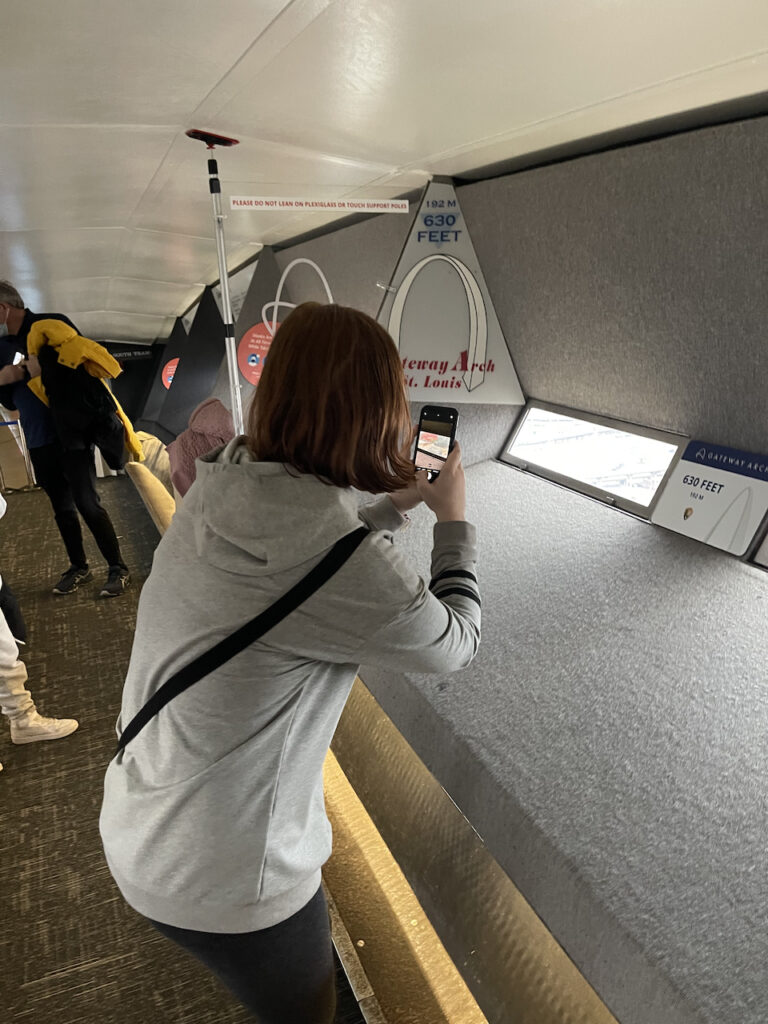

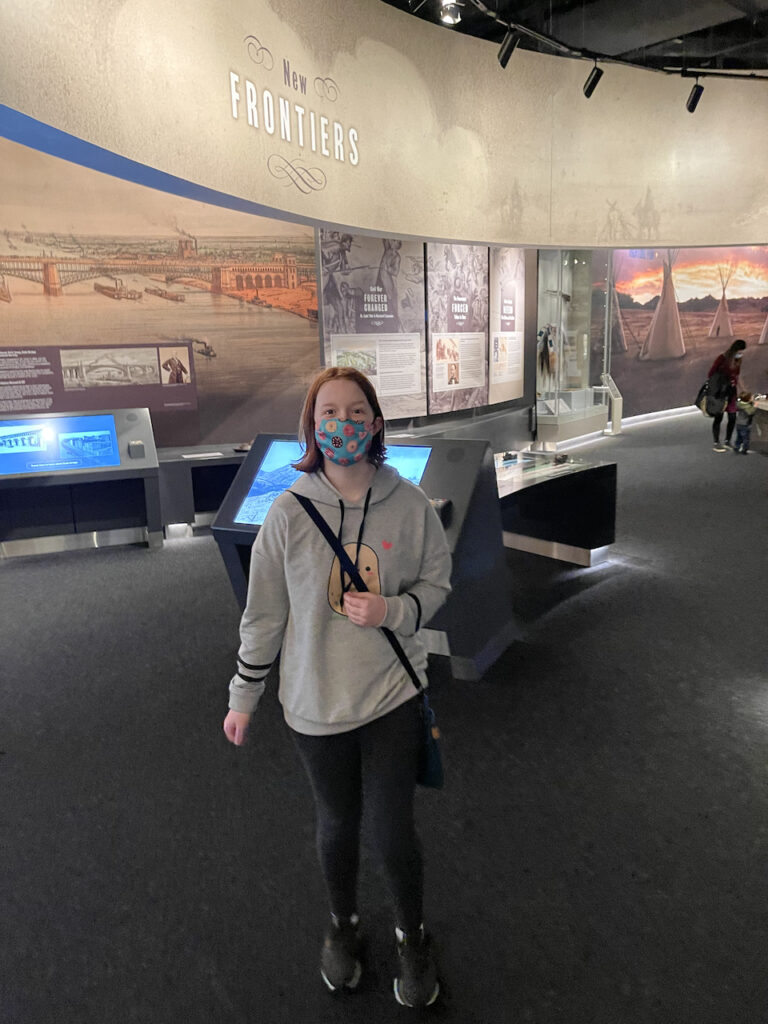
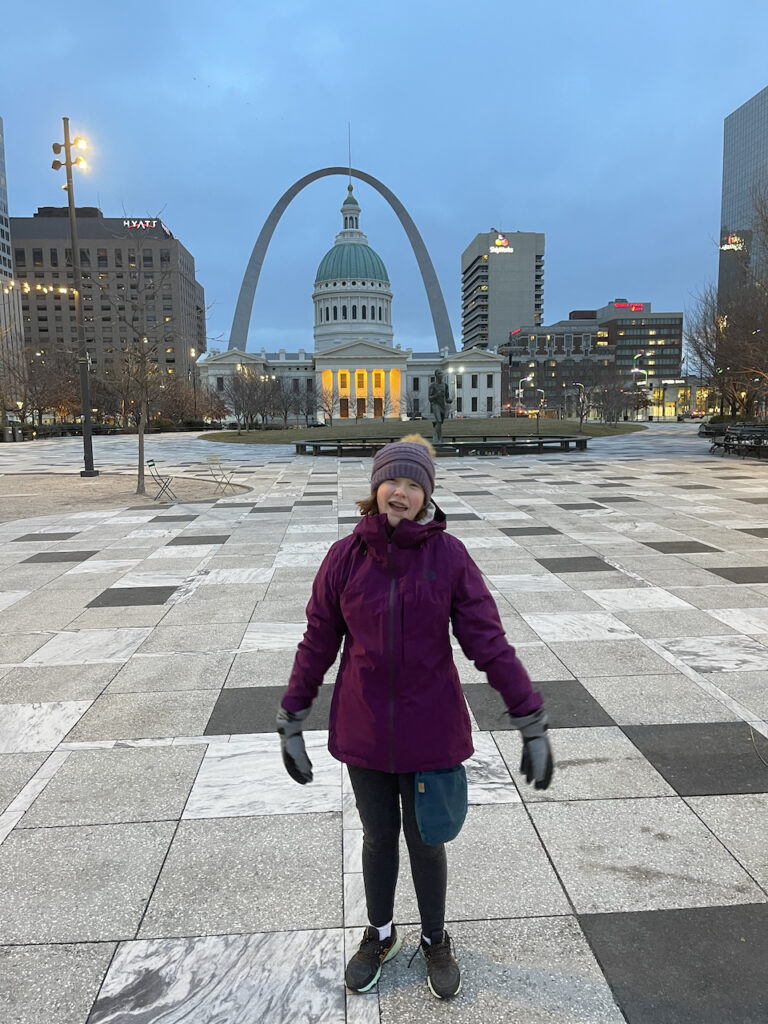
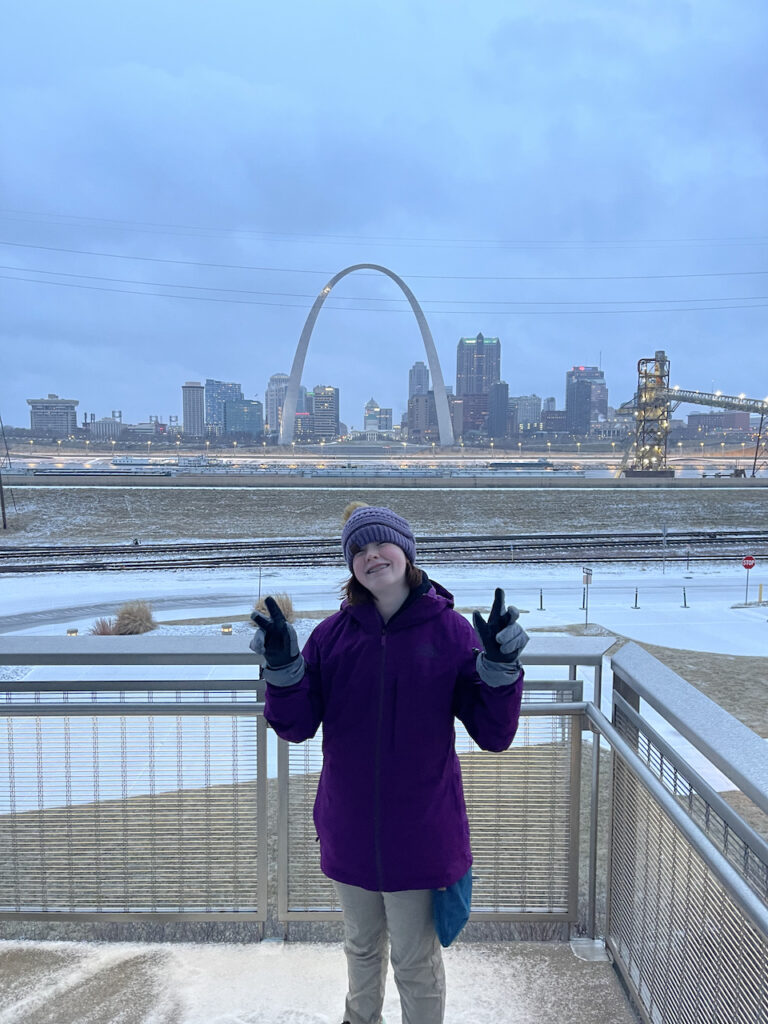

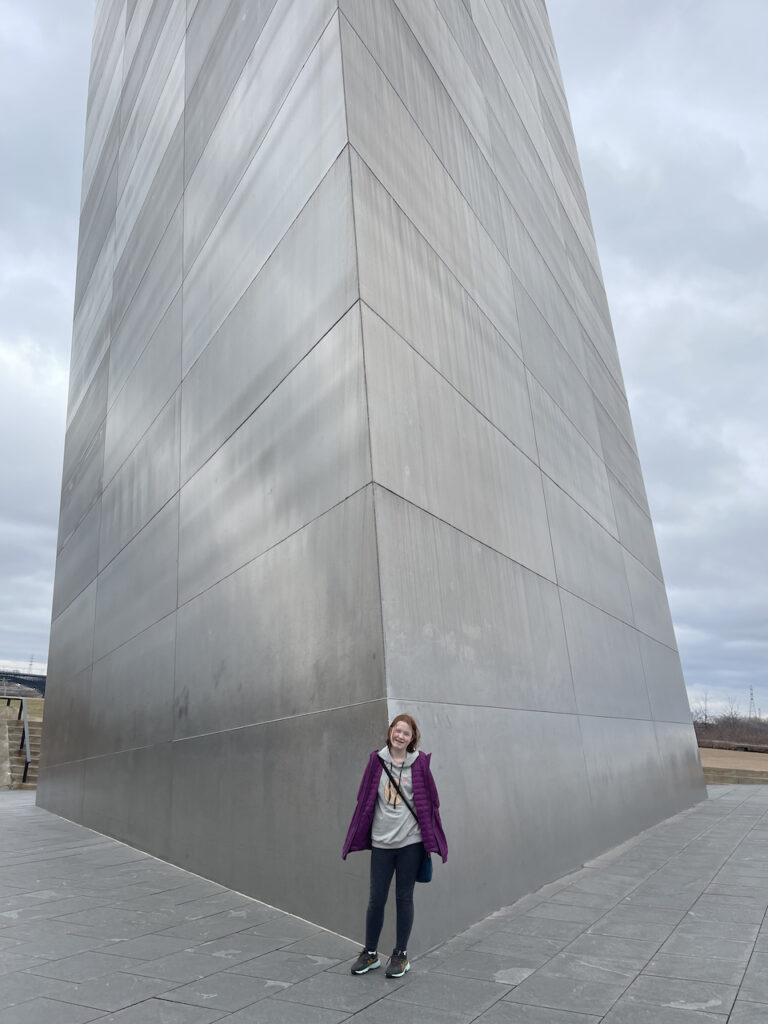


At the top, the observation deck provides breathtaking panoramic views. If you’re in the area, it’s an experience not to be missed, including the fascinating museum tour and the ascent to this vantage point.
Over the next days, we revisited the museum, explored the surrounding areas, and captured photos of the Arch, enhanced by a light dusting of snow—though not the accumulation I had hoped for. We also ventured across the Mississippi to the Malcolm W. Martin Memorial Park in Illinois, which offers excellent views of the city and the Arch from its observation deck. While this area is known for being less safe, we found it peaceful and empty on a chilly winter evening.
Dining in St. Louis was a treat, with Salt + Smoke becoming our favorite BBQ spot, conveniently located near both the baseball park and our hotel. Its mouthwatering dishes make it a must-visit for any return trips to the area.
After spending a few delightful days in St. Louis, we journeyed towards Kentucky and the renowned Mammoth Cave National Park. Initially, our expectations were modest for this segment of our trip, but the majestic caves took us by surprise, providing an extraordinary experience.
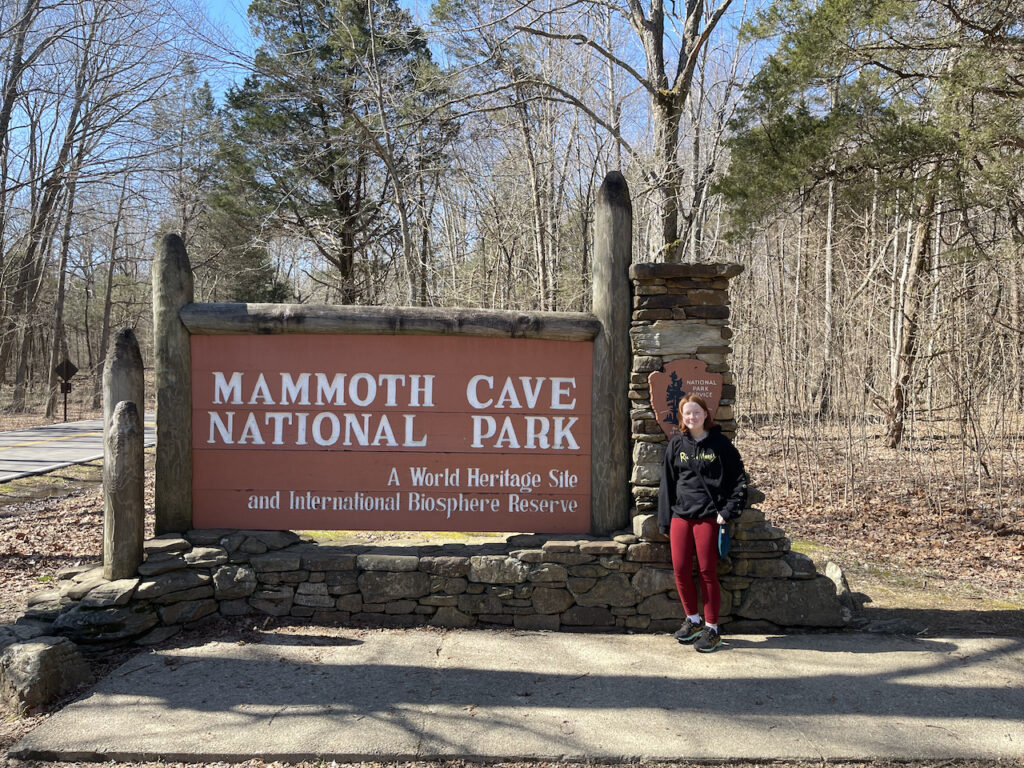
Mammoth Cave National Park, established in 1941, holds the record for being the largest known cave system in the world. Not only is it a cherished National Park, but it’s also distinguished as a World Heritage Site and an International Biosphere Reserve. With over 420 miles of explored passageways, it is nearly double the length of the second-longest cave system globally. The true extent of the cave system remains a mystery, with new passages still being discovered.
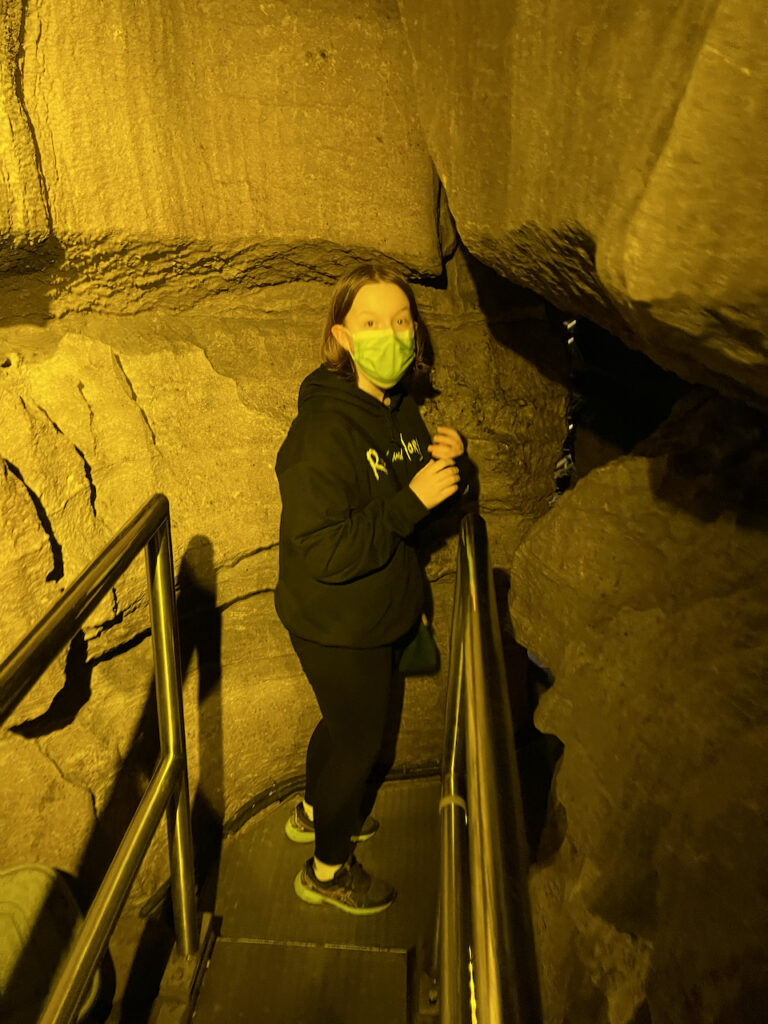
The caves harbor an ancient and mesmerizing history, with human interactions dating back over five thousand years. Archaeological finds have uncovered several Native American remains, illustrating that the caves served as both a shelter and a sacred burial site. The constant, cool climate within these caverns has naturally mummified many of these remains, leaving behind a window into the past that continues to intrigue scientists and historians alike.
Legend narrates that the first Europeans to stumble upon Mammoth Cave were John Houchin and possibly his brother Francis around 1797, although the true discoverer remains shrouded in mystery. In 1798, Valentine Simons registered the land containing what is now known as the “historic entrance” and began mining operations for saltpeter, crucial for gunpowder production, especially during the War of 1812 when the Jefferson Embargo Act had cut off foreign supplies.
Following the war, as demand for saltpeter waned, the caves transitioned from a mining site to a tourist attraction. This shift sparked the “Kentucky Cave Wars” in the early 20th century—a fierce rivalry among cave owners who employed various, often dubious, strategies to attract tourists. This period also saw the construction of several man-made entrances that enhance visitor access today.
One notable figure during this time was George Morrison, an initial oil prospector who quickly turned his interests towards the caves. He purchased a substantial 2,000-acre tract and created a new entrance by dynamiting at the base of a large sinkhole. He then constructed wooden stairs (since replaced by modern structures) leading to what is now known as the “Frozen Niagara”—a striking formation resembling a frozen waterfall.




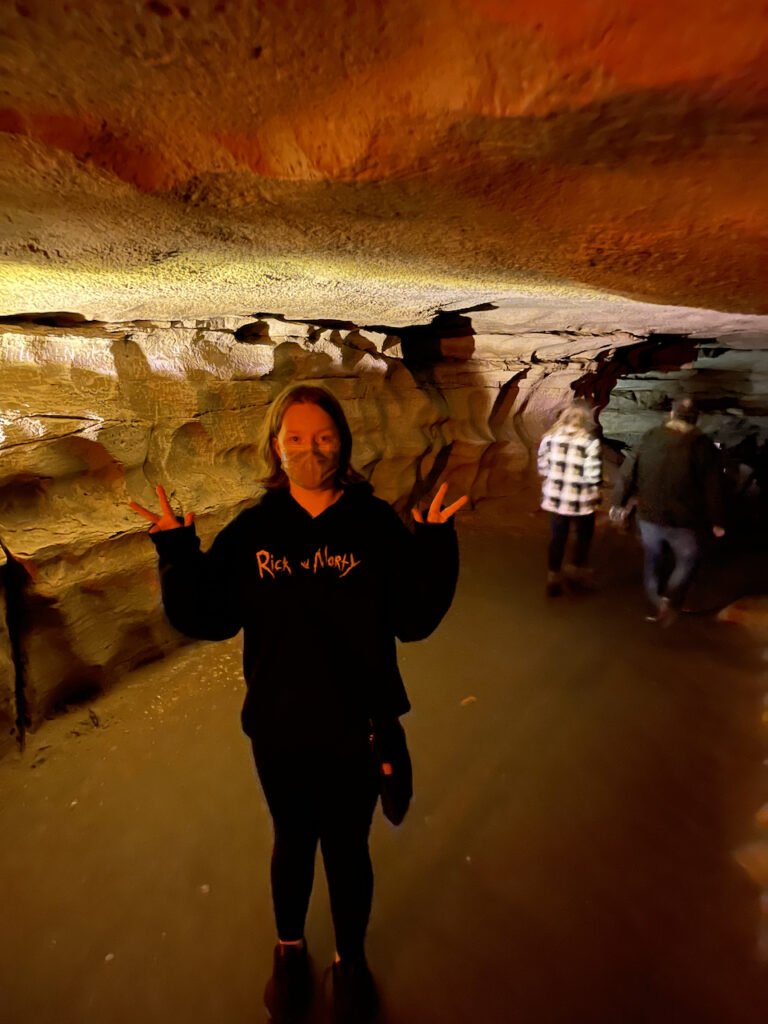

Despite the competition, the fragmented ownership of the caves created significant management challenges. Efforts to consolidate the cave properties began as early as 1926, culminating in the federal designation of Mammoth Cave as a National Park in 1941, aided by the extensive groundwork laid by the Civilian Conservation Corps, who developed the surface and subterranean trails.
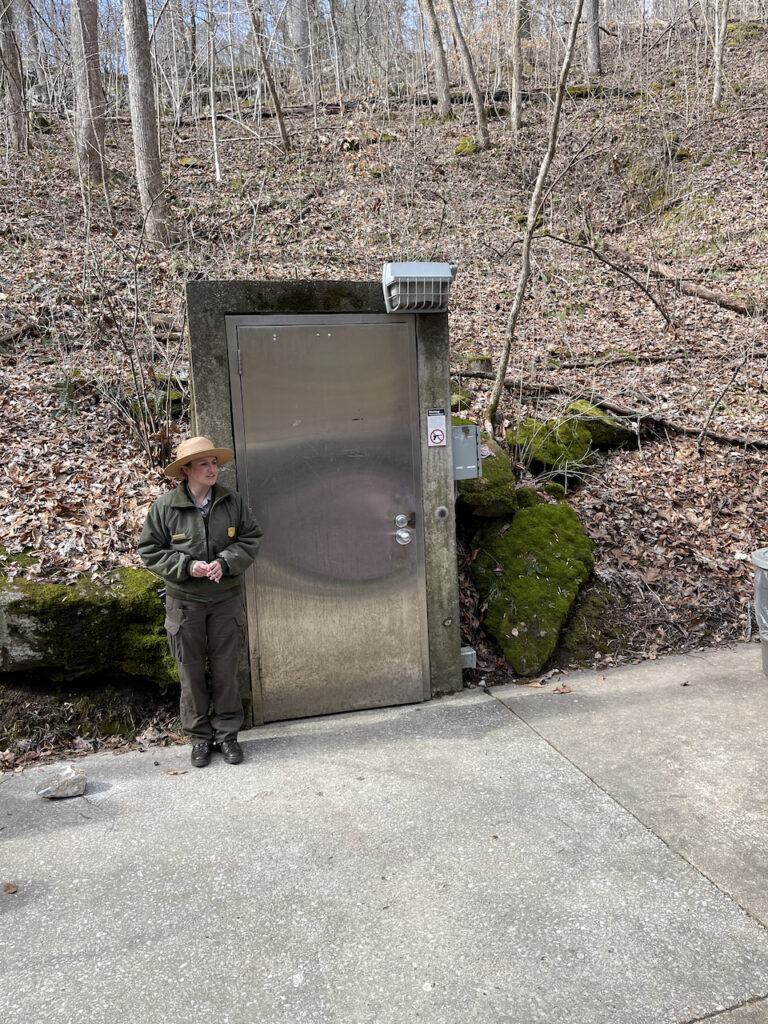
During our three-day exploration, we participated in four diverse ranger-led tours, each offering a unique perspective of the vast cave system. While these tours were somewhat restrictive for photography, the narratives provided by the knowledgeable rangers enriched our experience significantly. The varied landscape of the caves—from enormous chambers to narrow, water-carved tunnels—was strikingly evident as we traversed different paths. The Historic Tour was particularly memorable, thanks to an exceptionally engaging park ranger.
Lodging options near the park are limited; we stayed in the quaint town of Cave City. Although dining options were sparse, its proximity to the park largely compensated for this inconvenience. The town provided a cozy base from which to delve into the wonders of Mammoth Cave.
In retrospect, the enigmatic allure of Mammoth Cave National Park profoundly impacted us. Its complex history, combined with the natural beauty and the thrill of exploration, makes it a must-visit for anyone captivated by the mysteries lying beneath the earth’s surface. I plan to return with a special use permit, allowing for more extensive photographic exploration, to capture the eerie yet majestic essence of these vast underground landscapes.







